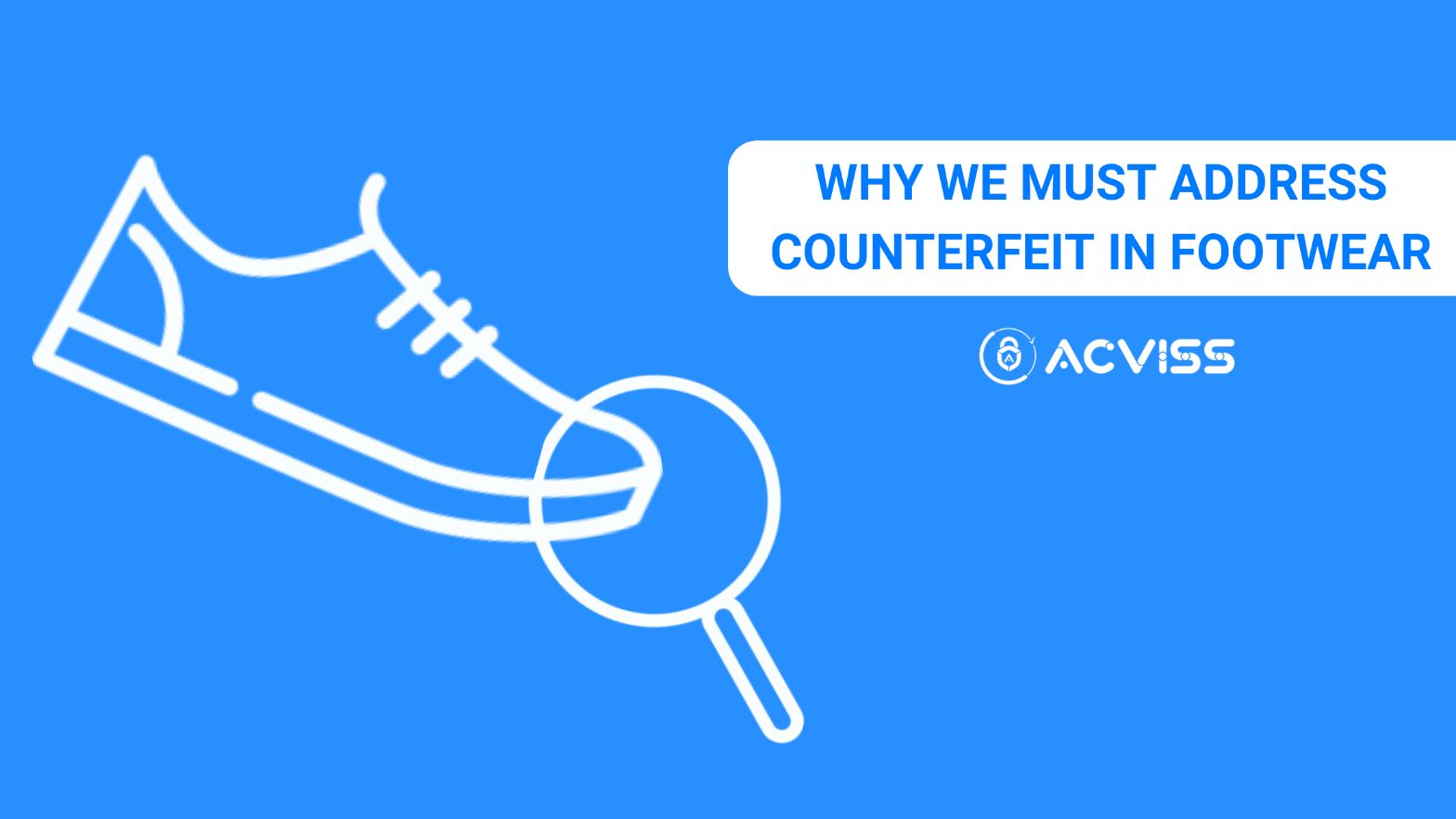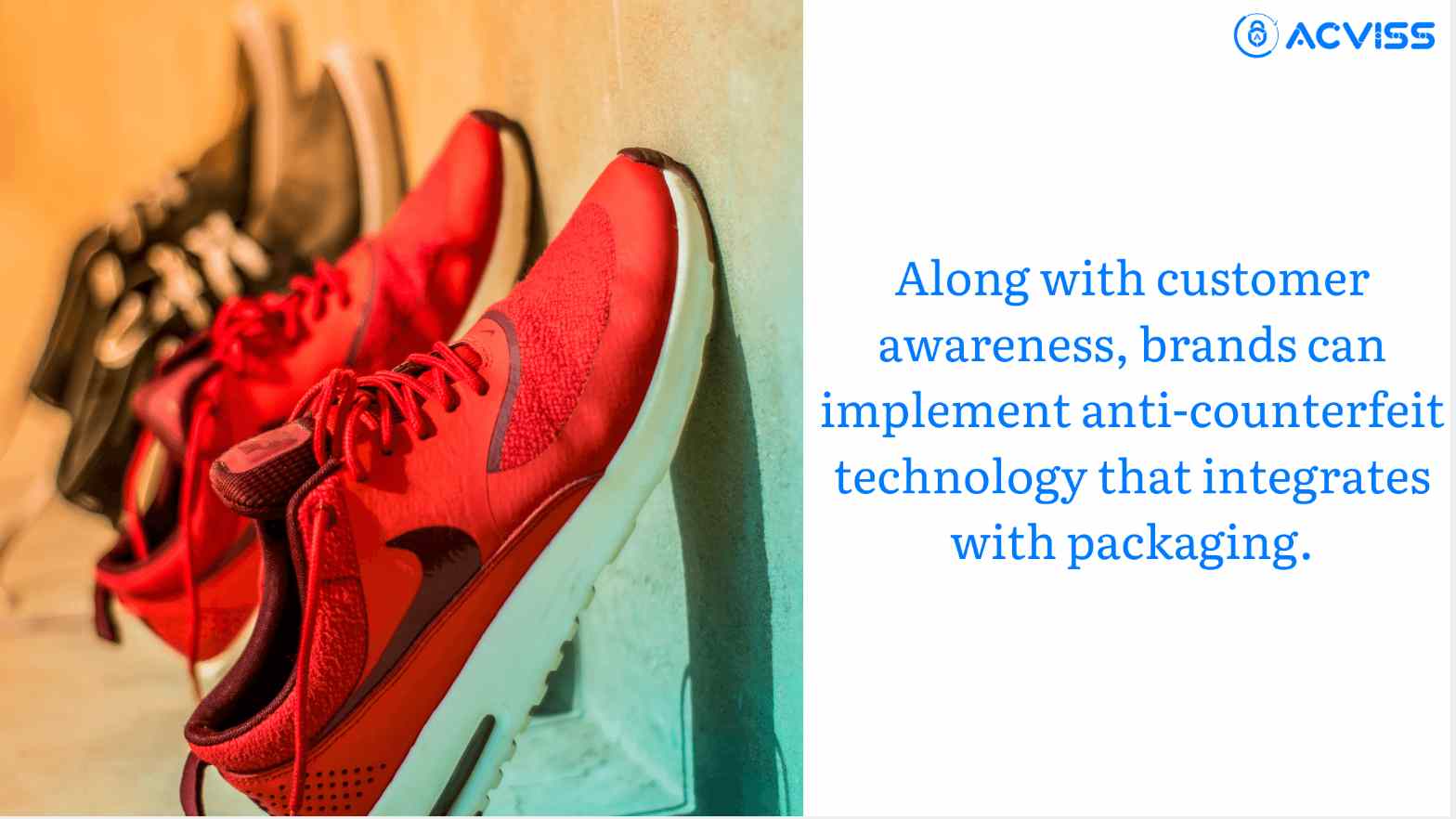
Footwear is a necessity, as well as a luxury. It is one of the first accessories that people notice about the wearer. No wonder there is footwear for every attire and occasion. Quality and brand value hold invaluable significance for a product that is now a style statement of an individual. Besides styling, correct footwear can have a far-reaching impact on the posture and health of the customer.
But how has counterfeit footwear affected the journey of the industry? What are the implications of counterfeit footwear for brands and customers?
The Market for the Footwear Industry
The footwear industry has seen unprecedented growth in recent years. Celebrity endorsements and a boom in the high-end fashion market have made shoes a coveted product. Consumers are looking for comfort with aesthetics. The increased awareness about fitness regimens and high-intensity workouts means people are conscious of the brand and offerings of the product. A significant share of customers would stretch their budget to buy sports shoes that fit their health goals. Amid a growing customer base, high-end and sports shoes are gaining popularity on many e-commerce websites.
Thorn in the shoe? The issue of counterfeit footwear
Vikas Jain, founder of ACVISS, mentions. “The footwear industry is doing well and might continue to do so.” But as someone who has helped brands in fighting counterfeiting with technology, Vikas is sceptical. “When the demand for a product rises and the product becomes coveted, the risk of counterfeit increases,” says Vikas. The current standing of the industry is a result of the reputation the brands have built for themselves.
“When a customer buys Skechers, Reebok, Prada, and other high-end brands, they place their trust in the quality. People stretch their budgets to buy a reputed brand of footwear. If a customer ends up with a fake product in such a scenario, they feel dejected and cheated. Imagine looking at your favourite celebrity endorsing footwear. You work tirelessly to buy the prestigious product. You save every penny and hope to get the best deal. When you can finally make the buy, and it turns out to be a fake, you have no point of return. The brand then loses a loyal customer,” says Vikas.
Counterfeit Footwear can Endanger Buyers
Besides brand value, counterfeit footwear can endanger buyers. Running shoes and footwear meant to aid in physiotherapy go through multiple quality checks. A slip in quality can lead to injuries, accidents, and fatalities. Counterfeit footwear evades checks and regulations. Imagine fake footwear that does not meet the criteria for necessary shock absorption. Such footwear can impair a player on a field with a hard surface. Slip resistance is another vital safety check for footwear. A genuine brand will ensure that the footwear has sufficient resistance to the intended activity. “The soles have a soul. Footwear design is a blend of art and science. But for counterfeiters sitting in shady factories, a shoe is just about milking money from customers,” states Vikas.
Even with luxury and sports brands aside, footwear is a product that people use every day. Shoes are subject to rough use and wear and tear. So, even daily use footwear is in high demand. Duplication is easy. The counterfeit footwear appears exactly like a genuine product. With increased demand, counterfeit footwear has become a thriving industry.
Consumer Health Risks
Counterfeit footwear can lead to significant health and safety issues for consumers due to poor materials and substandard manufacturing processes.
Lack of Support: Counterfeit shoes often lack proper cushioning and arch support, leading to foot pain, blisters, and increased risk of injuries.
Long-Term Health Problems: Wearing poorly designed footwear can cause joint strain, back pain, and posture issues over time.
Harmful Materials: Many counterfeit shoes are made from toxic substances like cheap adhesives or synthetic dyes, which can trigger skin irritations or allergic reactions.
Durability Issues: These products wear out quickly, increasing the risk of falls or accidents, especially during sports or physical activities.
Misleading Safety Standards: Counterfeit items bypass quality assurance checks, making them unsafe for regular use, especially for children or the elderly.
How can Brands Prevent Counterfeiting in the Footwear Market?
The solution to counterfeit footwear is to understand the source and reason for fakes. Are customers willing to buy look-alike products? Owning a luxury brand gives people a sense of pride. “You become a part of the elite group,” says Vikas. But high-end brands are expensive. So many fans end up settling for a look-alike product. “In that case,” says Vikas, it is important to have overt and covert markers that stand out.
Additionally, brands can set up loyalty and reward points to incentivize genuine buyers.” Along with customer awareness, brands can implement anti-counterfeit technology that integrates with packaging. Brands have been using some technology like markers, codes, and serializations. Vikas further advises, “With luxury footwear brands entering e-commerce, securing the supply chain is essential. Along with regular vendor audits, brands can use blockchain, online fraud detection tools, serialization, and anti-counterfeiting technology to track product journeys. “ For most footwear brands, outsourcing manufacturing is a cost-efficient method of production. So the product travels through a global supply chain.
Given the industry trend, there is a need to take proactive measures to prevent counterfeit footwear. Will brands walk that extra mile? Get in touch with us and secure your brand in the global market today.





